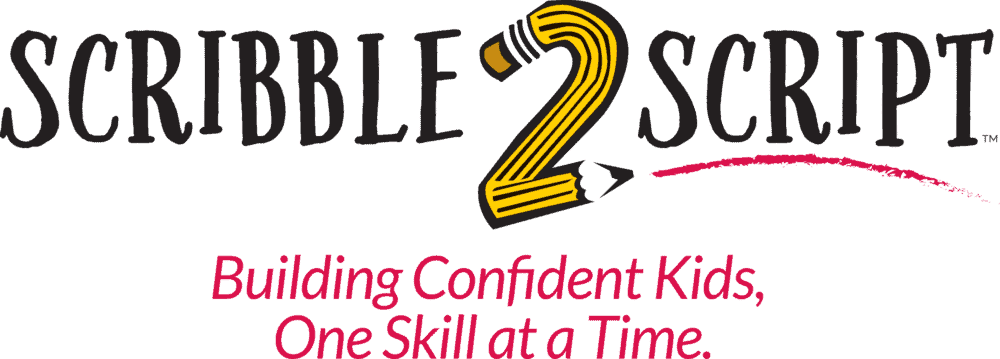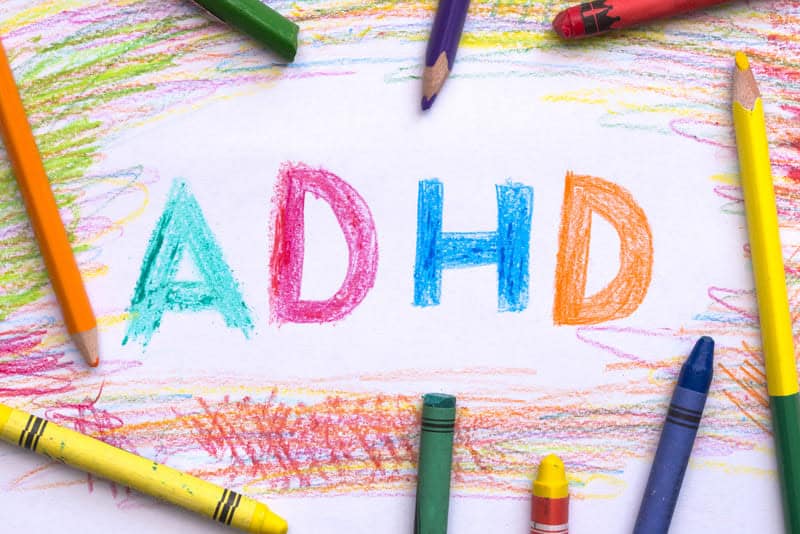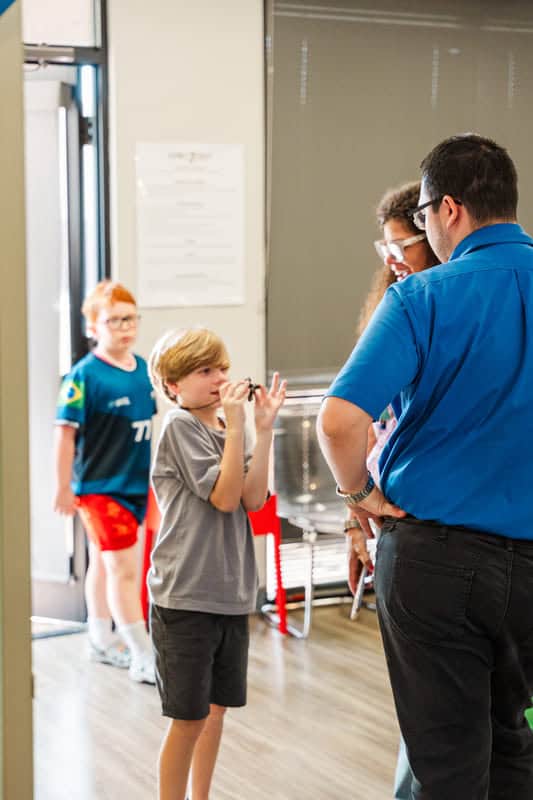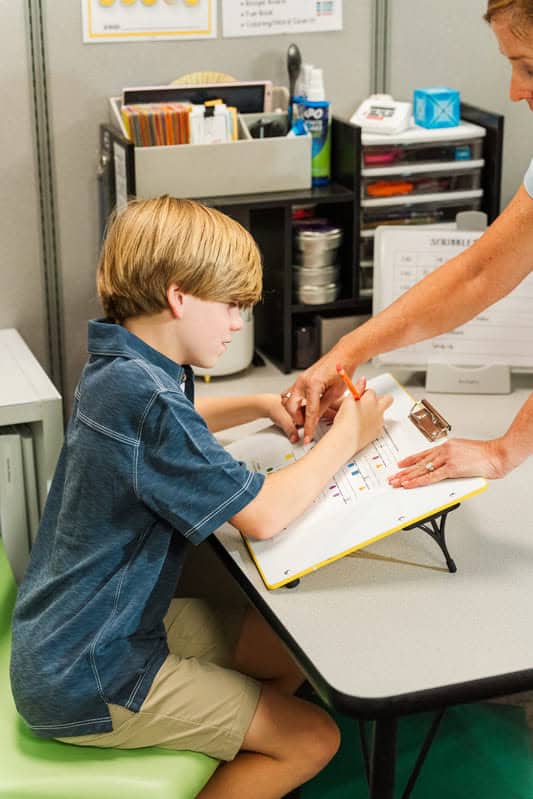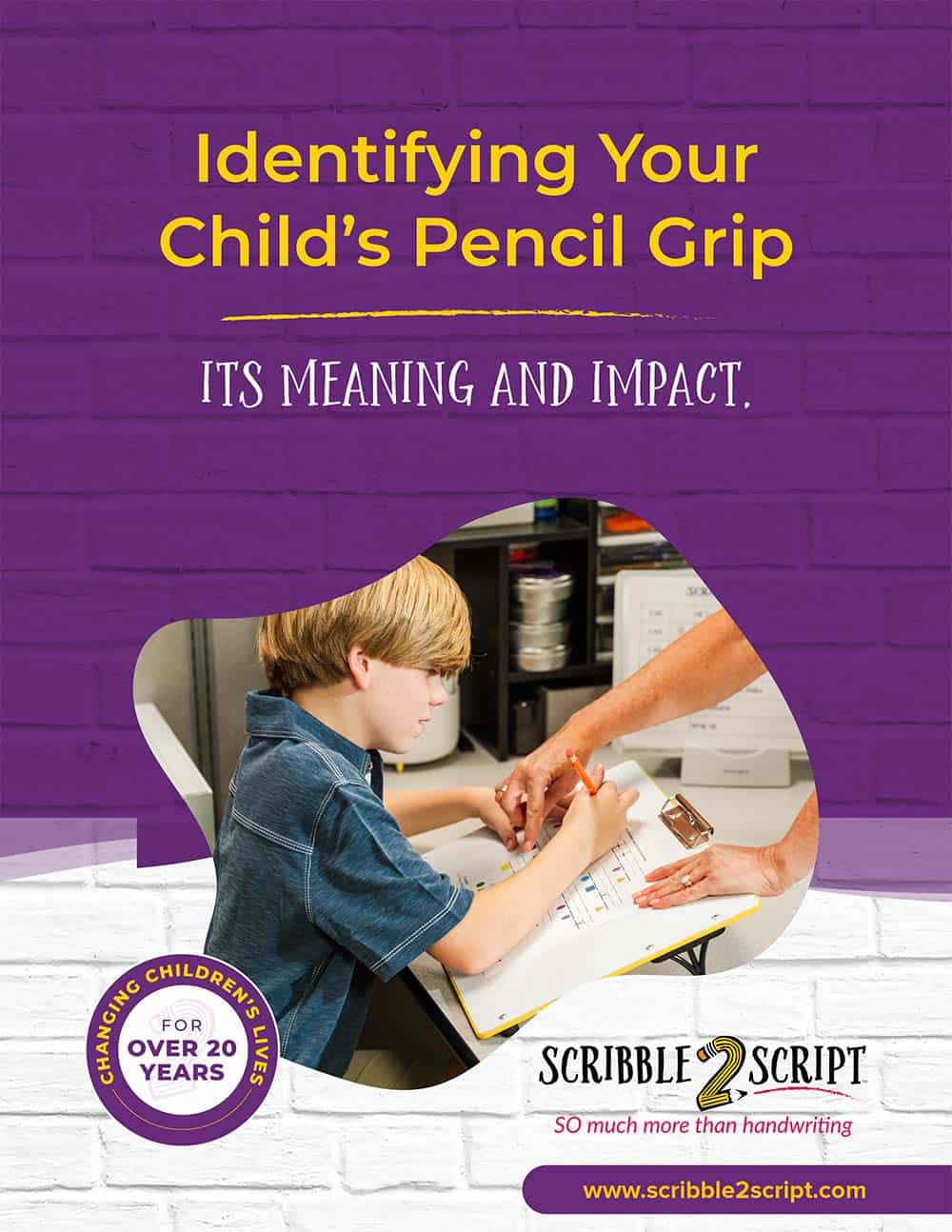A recent New York Times article spotlighted a trend educators and parents are seeing more than ever—boys entering school already behind. Many are quickly flagged for ADHD, dyslexia, or labeled as disruptive. But at Scribble 2 Script, we believe the problem isn’t with the boys. The problem is with what we’re asking of them—and when.
For over 25 years, I’ve worked with families navigating concerns like messy handwriting, attention struggles, and behavioral ups and downs. And over and over again, I’ve seen the same story: bright, energetic boys being asked to perform in classrooms designed for stillness, focus, and fine motor precision—before their bodies and brains are ready.
It’s not that something’s wrong with these kids. It’s that we’re looking in the wrong place.
The Real Reason Boys Seem Behind
Let’s step back for a second. The surge in ADHD diagnoses in boys has a context:
- Less outdoor play and movement than previous generations
- More screen time and passive stimulation
- Academically rigorous kindergarten standards
- Decreased emphasis on physical readiness for learning
These factors combine into a perfect storm that affects all kids—but especially boys. That’s because boys often develop fine motor and self-regulation skills later than girls. When we skip the developmental building blocks and jump to academic expectations, many boys appear unfocused, hyperactive, or even oppositional.
In reality, they’re underprepared—not disordered.
ADHD or Underdeveloped Foundations?
At Scribble 2 Script, we don’t jump to conclusions. Instead, we look beneath the surface. Many of the behaviors associated with ADHD—trouble sitting still, poor handwriting, impulsivity—are also classic signs of unintegrated reflexes and delayed postural development.
Here are the five key areas we assess for every child:
Primitive Reflex Integration
These early reflexes lay the foundation for attention, body awareness, and self-control. If they’re still “on,” kids may fidget, squirm, and struggle to focus.
Postural Control & Bilateral Coordination
Essential for seated learning, using both sides of the body together, and doing tasks like writing, cutting, or catching—all of which are required from day one of school.
Fine Motor & Visual-Motor Skills
If these aren’t fully developed, even holding a pencil or copying from the board becomes exhausting and discouraging.
Self-Regulation
This includes emotional control and the ability to follow directions—skills that rely on a well-developed brain-body connection.
Executive Functioning
This encompasses memory, planning, and task follow-through—all of which are often under construction in boys who are flagged for ADHD.
When Development is Skipped, Confidence Suffers
Imagine being asked to build a LEGO set with half the pieces missing. That’s how many boys feel in school today. They’re expected to write full sentences, manage multi-step tasks, and sit still for long stretches—all without the developmental readiness to do so.
The long-term result?
- Low self-esteem
- Academic avoidance
- Behavioral escalation
- A deep sense that they’re “not good at school”
But it doesn’t have to be that way.
If this resonates with your child—or if you’re wondering if ADHD is the right explanation for their struggles—let’s talk. You can book a free Discovery Call or email us anytime at info@scribble2script.com. We’re here to help you get the clarity you need.
We Need to Change the Conversation
Boys aren’t broken. They’re developing—sometimes more slowly in areas like handwriting and regulation. Instead of assuming a medical diagnosis is the only answer, we need to look at what’s missing, not what’s wrong.
This starts with:
- Valuing movement and play as essential, not optional
- Supporting brain-body development before academic performance
- Training parents and educators to recognize developmental readiness, not just behaviors
The great news? These challenges are not only explainable—they’re reversible.
With a personalized plan and the right support, we’ve seen boys who couldn’t sit still for 2 minutes become engaged learners and confident communicators.
The Next Step: Choose the Right Lens
Every parent wants their child to thrive—but it’s hard when no one can tell you why they’re struggling. If your son has been flagged for ADHD, is constantly getting in trouble, or is already feeling behind in kindergarten or first grade, don’t panic. But don’t wait, either.
At Scribble 2 Script, we help families shift from confusion to confidence. Through a whole-child developmental lens, we identify what’s missing and guide each child toward the skills that unlock learning—and life.
Curious if we’re a fit for your family? Book a free Discovery Call or call us at 480-614-1232. We’d love to hear your story and explore how we can help.
Final Thoughts
Let’s stop asking boys to function like mini adults before they’re ready. Let’s start with development—and the understanding that building foundational skills is not a delay. It’s an investment.
If we want to rewrite the story for boys and ADHD, we need to start at the beginning—by building the brain-body bridge that unlocks attention, learning, and confidence.
Because the kids aren’t broken. The expectations are.

